Nadia Budurusi, the Promoter of Pole Fitness in Romania
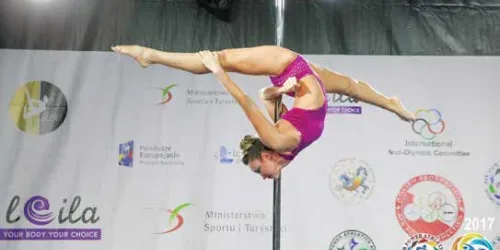
Interview with Nadia Budurusi
When did you discover the concept of pole dance and what attracted you to practice it?
I started as an acrobatic artist at the age of five, and my family is a family of athletes. My parents were former competitive gymnasts in the national team and acrobats in the circus world with numerous awards from international circus festivals. My father was the second person in the world to perform a triple somersault on the flying trapeze in the 1970s, and my mother is the only woman who has performed a double somersault with a twist from one trapeze to another (an unmatched performance to this day).
In my career as an acrobat, I specialized in aerial acts as well as ground acts (trapeze, straps, aerial hoop, hula hoop, contortionism). Throughout my professional journey, I have won numerous awards, including the Excellence Award at the International Festival of Monte Carlo 2001, the Excellence Award at the Festival of Rome 2001, and 3rd place at the International Festival Dax in France 2002. I enjoy evolving and learning as much as possible to be able to convey my passion for art and sport to others. That’s why in 2008, together with my family, I opened the first circus school in Romania.
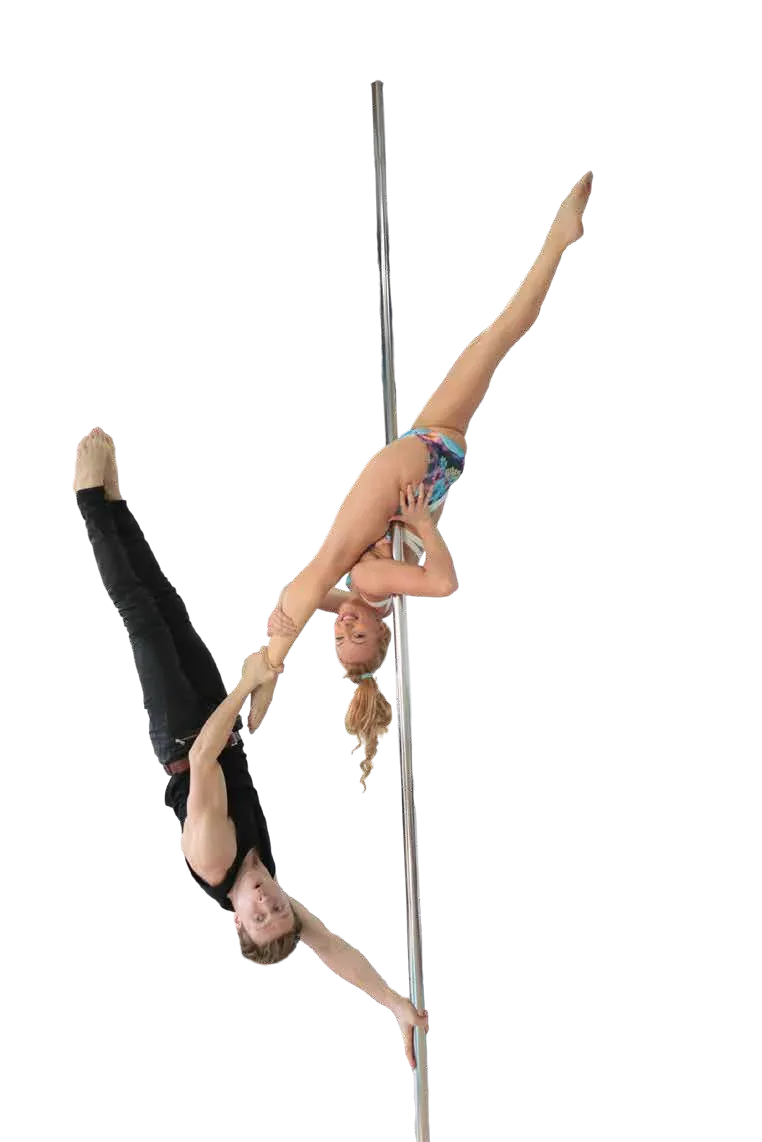
I started practicing Pole Fitness in January 2015, and in February of the same year, I obtained my instructor accreditation in England. Since I wanted to change the mindset of Romanians about Pole Fitness, Pole Sport & Dance, I chose to participate in the show “Romanii au Talent” (Romanians Got Talent), where I finished third.
Pole dance is also a sport that involves organizing annual competitions. Do you participate in these competitions? What is the atmosphere during the competitions?
In Romania, few people know about the existence of the International Pole Sport Federations, which include various age and skill categories. We have competitors ranging from 6 years old to over 60 years old, both amateur and professional levels.
Like other sports, to participate in the world championship, you need to qualify in the top three places at the national championship organized in your own country. If your country is not affiliated with a federation, then you participate in an open competition to qualify. Fortunately, this year BuNa Sport Academy affiliated with POSA – POLE SPORT & ARTS WORLD FEDERATION, and we will organize the first National Pole Sport Championship in Romania on September 26. The winners will have the opportunity to participate in the World Championship, which will take place from November 30 to December 1 in Finland.
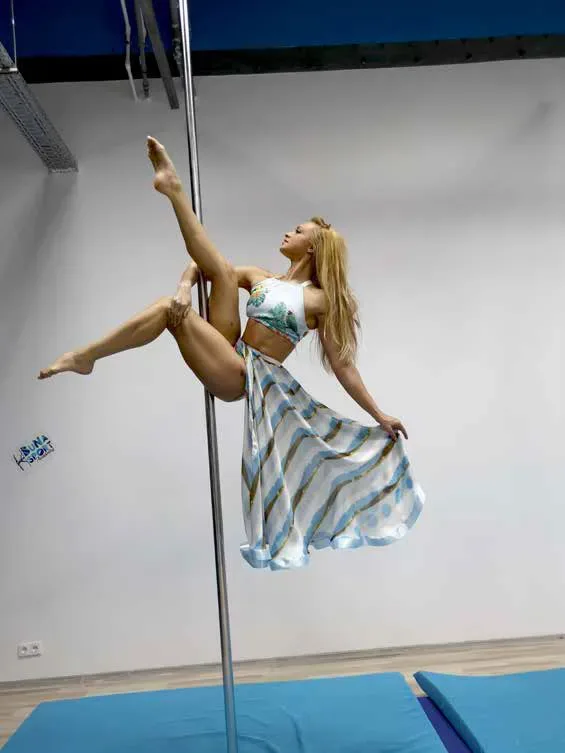
In 2016, I represented Romania for the first time in the Pole Dance competition in Italy, with a team of eight participants. In the same year, together with my team, I organized the first national pole fitness & dance competition in Romania, which included a category dedicated to children – Miss Pole Dance Romania. One week later, I had the honor of hosting the World Pole Dance & Sport Championship 2016. Last year, we organized the second edition of Miss Pole Dance Romania competition, and I am pleased to say that the number of participants doubled compared to the first edition.
Is it true that pole dance will become an Olympic sport?
That is the goal, but it should be noted that it will happen when the International Federation gathers 70 affiliated countries, and all of them have recognition as a sport in their own country. POSA already has two major nations with recognition: Russia and the USA. Together with my team, I submitted the recognition application for this sport to the Ministry of Youth and Sports last year. We hope to become the third country with recognized status as a sport, as it will be an enhancement for the development of this sport.
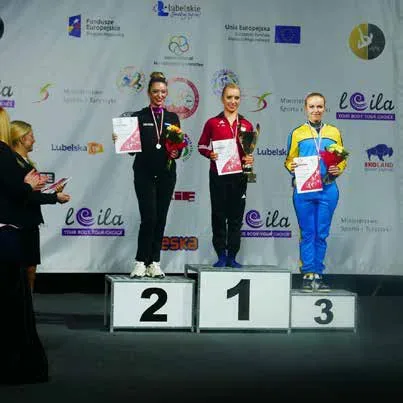
Who is the target audience for this discipline?
What attracted me the most to this sport is the fact that it can be practiced by anyone in any way. Whether it’s pole fitness for those who want to sculpt their body and stay in shape, or for those who want to practice it at a competitive level. In this case, everyone chooses the type of competition that suits them: Pole Sport with strict rules and compulsory figures like gymnastics, Pole Dance that emphasizes choreography, stage presence, and costume, Pole Art where there is freedom of expression and each person leaves their mark in their own style, and Pole Theatre, where you can use any kind of props to help build your story.
Describe how a pole dance class unfolds and what it involves.
First of all, there is a 15-minute warm-up, which includes flexibility exercises. Then we move on to the basic elements, selected according to the group’s level – beginners, intermediates, or advanced. What I really like is that you don’t have to do the same thing every time, and progress is made gradually, with each new figure preparing you for the next one. I can say that there are thousands of tricks, so there are thousands of combinations with their variations. Towards the end of the training, we focus on the specific strength required for performing advanced elements, and the session ends with stretching, which is very important for muscle relaxation.
What are the benefits offered by pole dance?
Apart from the visible benefits, such as toned muscles, this discipline increases self-esteem, helping you gain confidence and even feel invincible. At the beginning, you may not believe that you are capable of climbing the pole, but when you surpass your expectations, that spark is ignited, and it changes the way you see yourself in the mirror.
Is pole dance only for women, or are there men who practice this type of movement as well?
Approximately 30% of those who practice pole dance are men, mostly gymnasts, and their level of competition is very high. In March, BuNa Sport Academy had the honor of hosting a series of unique workshops with Dimitry Politov, an absolute champion in pole sport, who has won seven world titles to date.
How do you think this type of movement is perceived in Romania? Have you encountered people’s prejudices?
I admit that four years ago, I was very disappointed with the reaction of Romanians because pole fitness was automatically associated with stripping, which I believe was due to a lack of understanding in the field.
Few people know that the origins of this sport date back more than 800 years and have their roots in India. Mallakhamb emerged as a traditional Indian sport in which athletes perform acrobatic movements using a large wooden pole. Indians used this method for training, just like all pole athletes today, even though Mallakhamb was initially intended for male athletes.
Climbing poles was also one of the main traditional performances in China, dating back over 1000 years. Chinese pole climbing performances were
primarily performed by male athletes who used two six-meter-high poles.
In the 1990s, pole dance was specifically taught as an art and fitness form for the first time. It remained an alternative form of fitness before gaining mass popularity.
More and more people are now learning to practice pole dance every day, and they have formed a wonderful community that you would want to be a part of.
Today, things have changed, although not completely. I am happy to see that we have more and more children attending our classes, which indicates an open mindset towards progress.
Where can we find you?
You can find me at BuNa Sport Academy Studio – the only studio in Romania with professional four-meter-high poles, located at the Cocor Store, on the 4th floor.
Bianca Marcarov
" Fosta sportiva de performanta in cadrul sectiei de atletism a Clubului Sportiv Dinamo Bucuresti, Bianca Marcarov a excelat in probele de viteza, obtinand medalii si titluri la nivel national si international. Printre cele mai importante titluri castigate se numara: dubla campioana nationala la juniori in probele de 60 m si 200 m in 2003, campioana balcanica la juniori in proba de stafeta 4x100m – 2003 si este castigatoarea Campionatelor Internationale ale Libanului in proba de 100 m. Atrasa fiind de orice forma de miscare Bianca a absolvit Academia Nationala de Educatie Fizica si Sport - sectia Kinetoterapie, a urmat cursurile Masterale in Nutritie si Remodelare Corporala si de asemenea, a urmat studii Postuniversitare de Preparator Fizic in cadrul aceleeasi universitati. De la o varsta frageda venind in contact cu sportul, acesta a ramas parte constanta a vietii ei, transformându-se intr-un job minunat - Group Fitness Instructor - începând cu anul 2008. Pe parcursul anilor a acumulat diverse experiente profesionale, cu instructori din întreaga lume. Cursurile de miscare constienta si dans, biodanza, reiki sunt doar câteva dintre activitatile practicate in timpul liber. Bianca este fost formator al Federatiei Romane Sportul Pentru Toti si instructor al conceptelor Steel Programs in Romania si nu numai. De-a lungul timpului a obtinut numeroase certificari in Romania si in strainatate si a fost presenter in cadrul conventiilor organizate in Bulgaria, Italia, Mexic, Romania. In prezent preda Steel Jump si este instructor de Aerobic, Step, Dance, Rebound, Functional Training, Steel Tonic, Steel Training, Pilates, Yoga (absolventa Yoga Alliance 200 H Hatha Yoga Teacher Training / Daanasana School of Yoga). Deschisa spre cunoasterea completa a omului, dorind sa se dezvolte in aceasta directie, in 2016 Bianca si-a indreptat atentia spre facultatea de psihologie. “Cine sunt eu? ... Eu sunt! Iubesc viata, complexitatea ei, a noastra, a întregului Univers. Iubesc ritmul ... ritmul muzicii, ritmul emotiilor, ritmul naturii … Am învatat si învat in continuare despre corp, minte, suflet. Experimentez … cu corpul, cu mintea, cu sufletul. Am învatat si învat in continuare despre mine, despre noi, despre viata. Calatoresc, citesc si scriu intotdeaua cu drag: https://www.facebook.com/Simply-Bianca-Marcarov-1524706764421068/” "
Recent Posts
Related Articles
CrossFit exercises practiced outdoors or at home
Concentration and discipline are indispensable for succeeding in any training program, regardless...
July 27, 2023Health guide for “ageless” women
Discover the Benefits of Physical Exercise and the Best Types of Training...
July 27, 2023Home-Based Pregnancy Workout in Comfort
The Benefits of Prenatal Home Workout The way we interact with people...
July 10, 2023Supplementation with Vitamins and Minerals
Essential nutrients for the body The macronutrients and micronutrients are essential for...
July 10, 2023


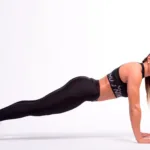



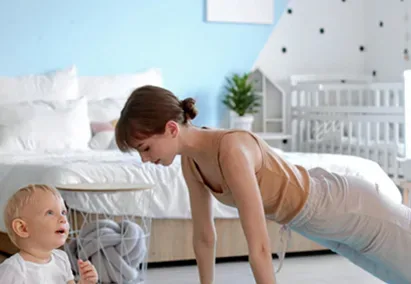



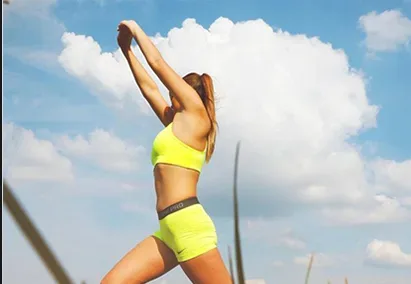

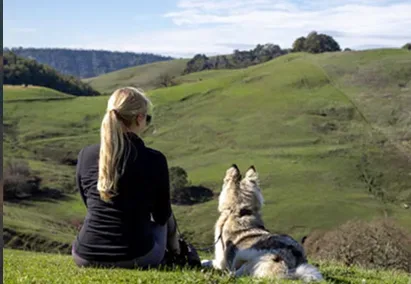

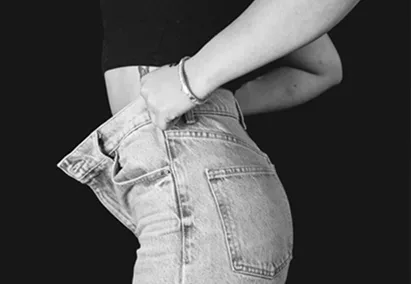




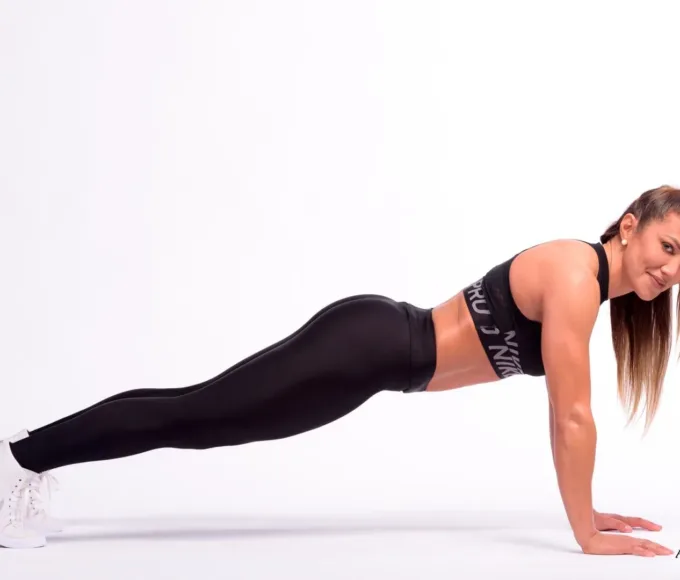
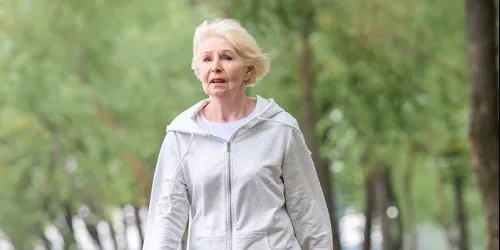


Leave a comment